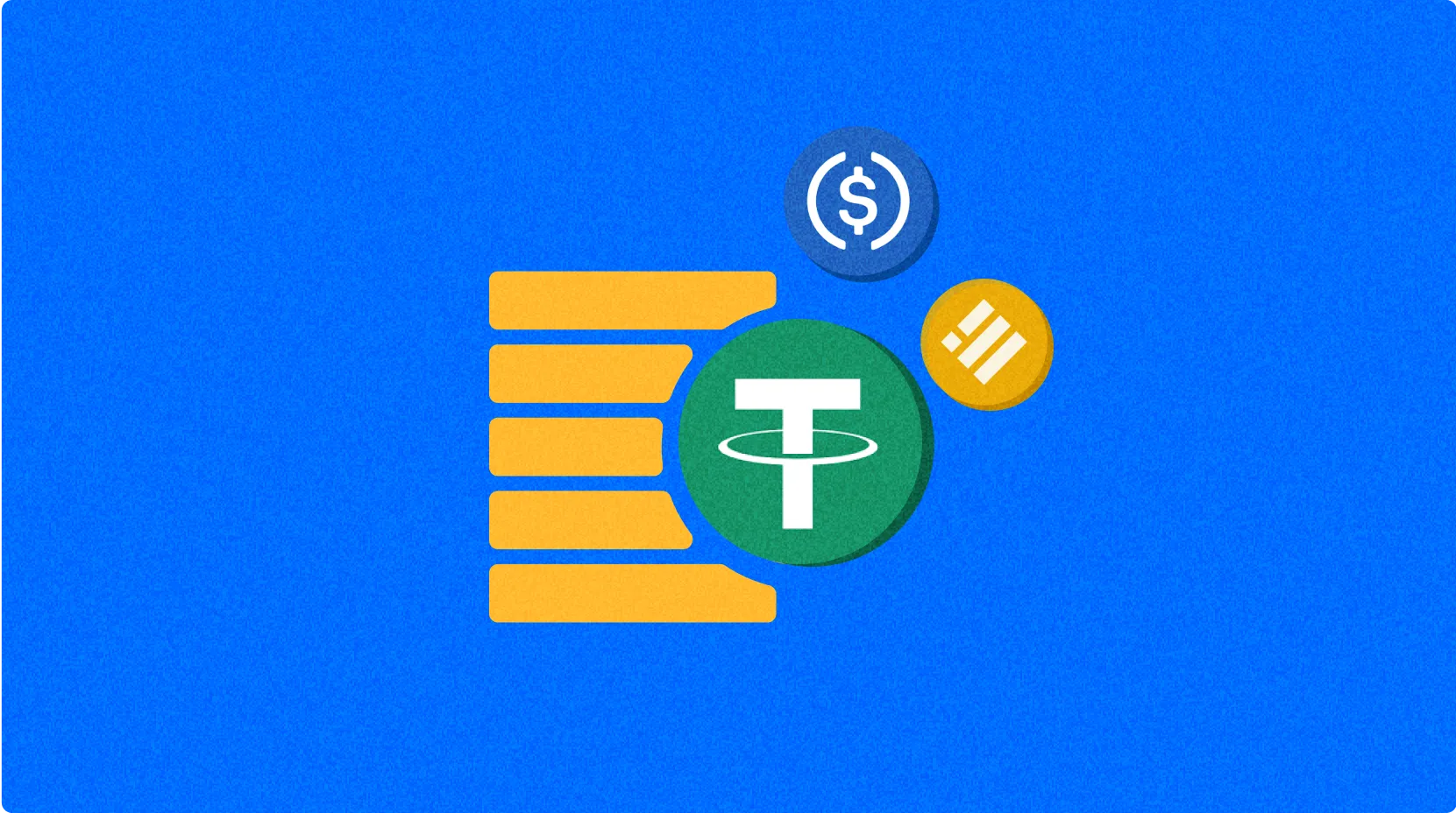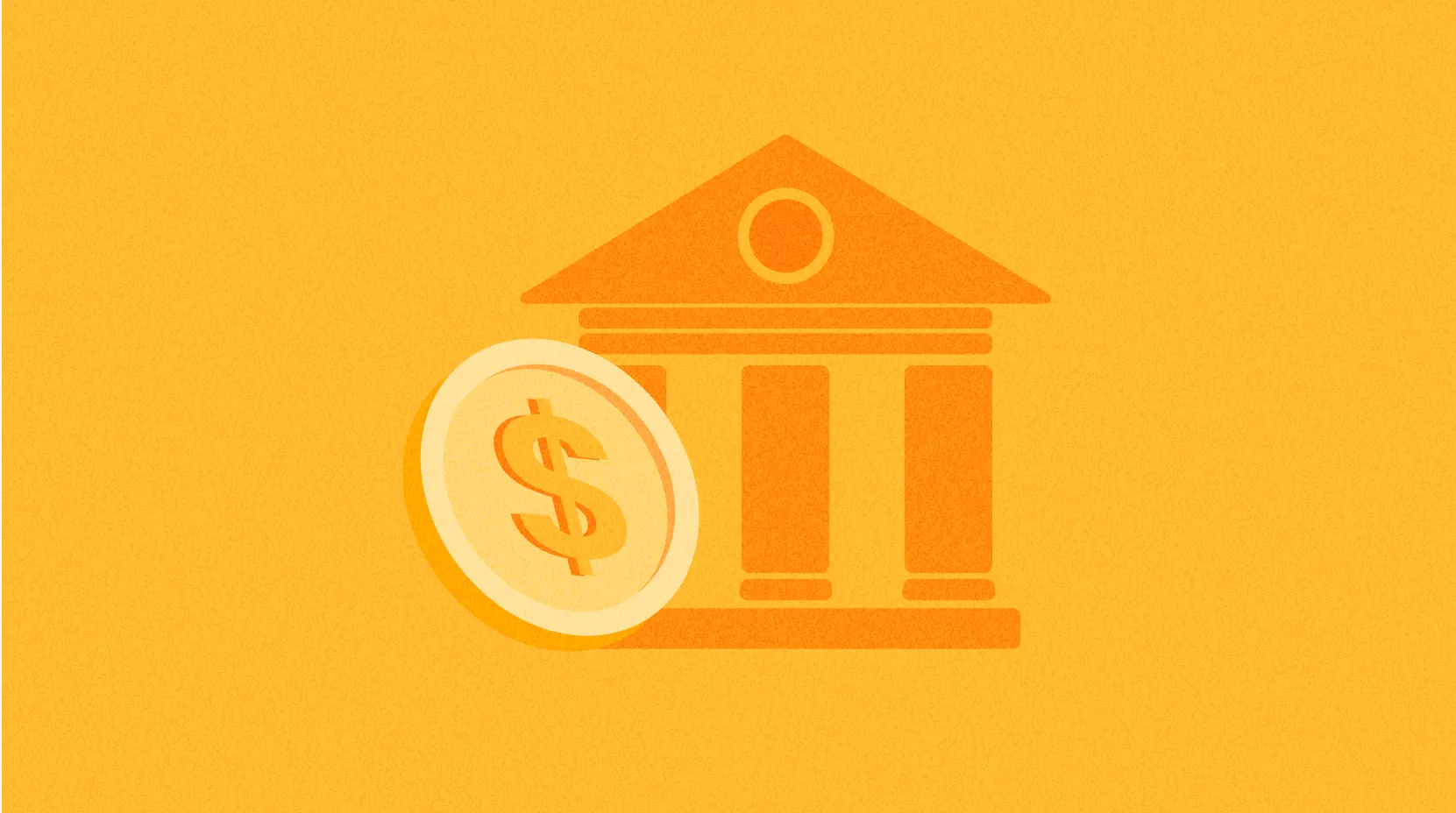Розшифрування витрат на торгівлю криптовалютними активами: Комплексний посібник для інвесторів криптовалют

Яка вартість торгівлі криптовалютами?
Торгові витрати криптовалют - це витрати, які біржа стягує за виконання угод на своїй платформі. Ці витрати можуть значно відрізнятися в залежності від біржі, типу угоди та обсягу угоди. До типів витрат включаються торгові витрати, витрати на депозит, витрати на виведення та мережеві витрати.
Відмивання грошей
Плата за транзакції - це найбільш поширена плата, з якою ви стикаєтеся при торгівлі криптовалютними активами. Ці витрати зазвичай поділяються на дві категорії: виробників витрат та витрат витрат. Творці ринку забезпечують ліквідність, розміщуючи лімітні заявки, тоді як витратники виконують замовлення за ринковими цінами. Творці ринку, як правило, платять менші комісійні, оскільки їх замовлення додають ліквідність на ринку, тоді як витратники платять вищі комісійні за споживання ліквідності.
Наприклад, Binance, одна з найбільших криптовалютних бірж у світі, надає мейкерам ринку вартість 0,012% та забирачам вартість 0,0124% для трейдерів великого обсягу. Використовуючи внутрішній токен BNB від Binance, трейдери також можуть отримати додаткові знижки.
Внесення та вивантаження плати
Оплата за внесення зазвичай безкоштовна або низька, але витягнення може суттєво відрізнятися. Наприклад, Binance стягує динамічні витрати на виведення на основі різних криптовалют та мережевої затору. Натомість Crypto.com пропонує безкоштовні внески, але стягує фіксовану плату в розмірі 25 доларів США за виведення USD.
Плати за мережу та майнерів
Мережеві комісії не є комісіями, які безпосередньо стягуються біржами, але комісії, що сплачуються шахтарям за обробку транзакцій в блокчейні. Ці комісії коливаються в залежності від попиту на мережу. Наприклад, газові комісії на Ethereum змінюються в залежності від обчислювальної роботи, необхідної для транзакцій.
Чому важливе відмивання грошей?
Вартість транзакцій може суттєво впливати на ваші інвестиційні доходи, особливо коли ви часто торгуєте. Високі комісії з часом підірвуть ваші прибутки, тому важливо розуміти та керувати цими витратами.
Як зменшити відмивання грошей криптовалютних активів
Виберіть правильну біржу
Різні біржі пропонують різні структури комісій. Наприклад, Binance відомий своїми низькими торговими комісіями та широким спектром криптовалют, тоді як Crypto.com пропонує одні з найнижчих комісій на ринку, з торговими комісіями для маркетмейкерів та тейкерів від 0,075%. Порівняйте структури комісій різних бірж, щоб знайти платформу, яка найкраще підходить для вашої торговельної стратегії.
Використовуйте власний токен
Багато бірж пропонують знижки або зменшення комісій при використанні своїх власних монет. Наприклад, Binance надає знижку 25% на торговельні комісії при використанні BNB для оплати. Так само, Crypto.com пропонує зниження комісій для користувачів, які блокують токени CRO.
Оптимізуйте свою торгівельну стратегію
Часті торгівлі можуть призвести до накопичення комісій. Розгляньте прийняття стратегії довгострокових інвестицій, зменшення частоти торгівлі та, таким чином, зниження витрат на торгівлю.
Використання опції без комісії
Деякі біржі пропонують торгівлю без комісії на певних ринках або конкретних торговельних парах. Наприклад, Binance ввів торгівлю без комісії для певних ринків FDUSD. Шукайте ці можливості для зменшення ваших торгових витрат.
Висновок
Розуміння та керування торговельними витратами криптовалютних активів є вирішальним для максимізації інвестиційних доходів. Обираючи правильну біржу, використовуючи внутрішні монети, оптимізуючи торговельні стратегії та використовуючи можливості безкомісійних опцій, ви можете значно знизити торговельні витрати. Пам'ятайте, що торговельні витрати є неодмінною частиною, але за допомогою мудрих виборів ви можете зберегти більше прибутку.
“

Як вивести гроші з криптовалютних бірж у 2025 році: Посібник для початківців

Hedera Hashgraph (HBAR): Засновники, Технологія та Прогноз Цін до 2030 року

Jasmy Coin: Японська Криптовалютна Історія Амбіцій, Хайпу та Надії

Ціна Біткойну у 2025 році: аналіз та ринкові тенденції

IOTA (MIOTA) – Від Походження Tangle до Перспектив Цін на 2025 рік

Як торгувати Біткойном у 2025 році: Посібник для початківців

Що означає 7,80 у годинах і хвилинах?

World Liberty Financial пропонує застосувати розблоковані токени WLFI з метою збільшення використання USD1

Що таке LUMINT: Повний довідник з аналізу зображень у сучасних системах спостереження та оборони

Що таке OG: аналіз походження та змісту культури Original Gangster

ETHGas залучає $12 млн для запуску першого в мережі Ethereum ринку ф'ючерсів на блокспейс







